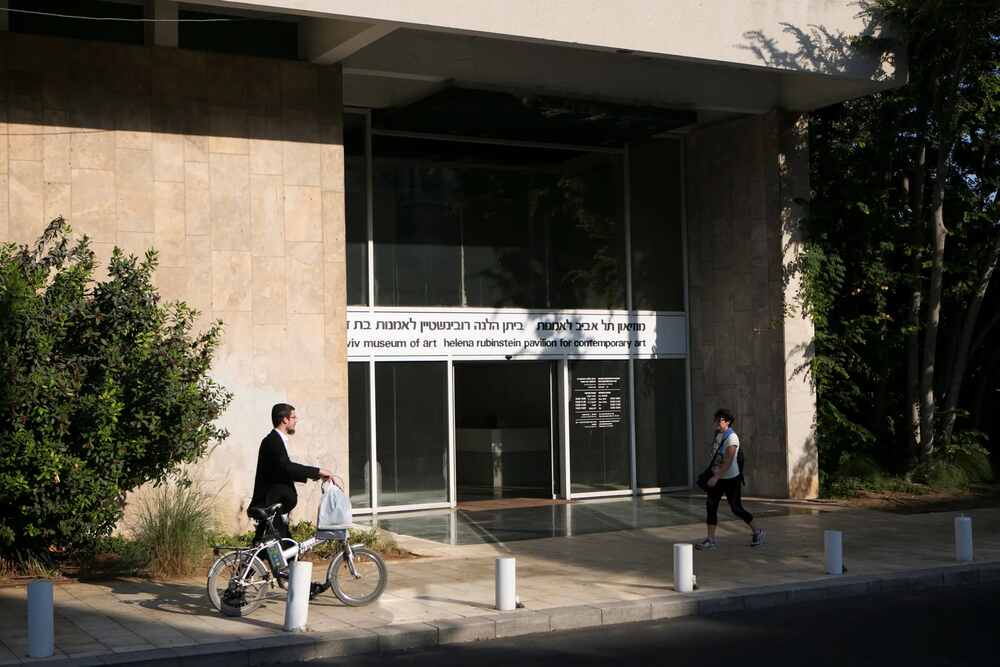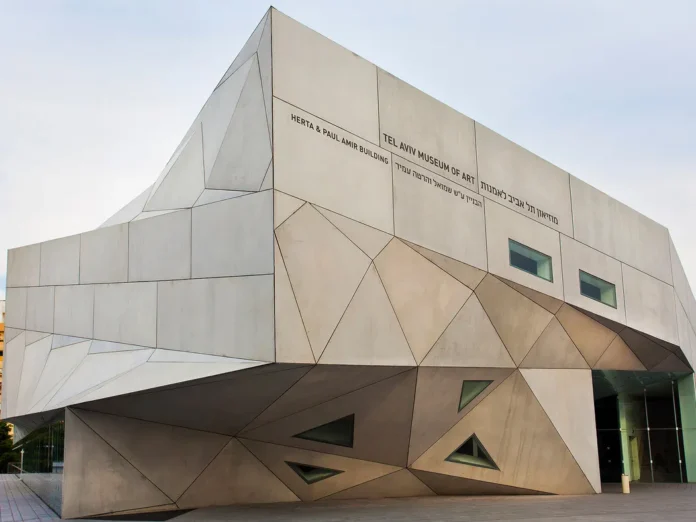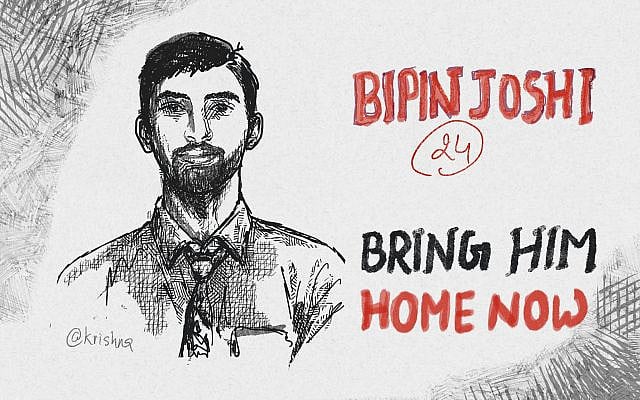The Tel Aviv Museum of Art stands as one of Israel’s foremost cultural institutions, embodying the city’s vibrant artistic spirit and its commitment to fostering creativity. Established in 1932, the museum has grown from a modest collection into a world-class institution renowned for its diverse exhibitions, innovative architecture, and significant contributions to the global art community. This article explores the rich history of the Tel Aviv Museum of Art, its evolution over the decades, and its current role in the art world.
Founding and Early Years
The Tel Aviv Museum of Art was inaugurated on April 19, 1932, in the home of Tel Aviv’s first mayor, Meir Dizengoff. The museum’s founding was a testament to the cultural ambitions of the young city, which had been established only two decades earlier. Dizengoff’s private residence, located on Rothschild Boulevard, became the museum’s first home, symbolizing the city’s commitment to cultural enrichment and artistic development.
In its early years, the museum focused on collecting and exhibiting works by both Israeli and international artists. The collection initially comprised mainly local art, reflecting the burgeoning art scene in Tel Aviv and Israel. The museum quickly became a central hub for artists, intellectuals, and the general public, fostering a vibrant cultural community.
Expansion and New Buildings
As the museum’s collection and reputation grew, the need for a larger, more suitable space became evident. In 1959, a new building was opened on King Saul Avenue, designed by architects Dov Karmi, Zvi Meltzer, and Yacov Rechter. This modernist structure marked a significant milestone in the museum’s history, providing ample space for exhibitions and activities.
The new facility allowed the museum to expand its programming and outreach, hosting major exhibitions of international and Israeli art. The 1970s and 1980s were particularly fruitful decades, with the museum acquiring important works by modern masters such as Marc Chagall, Pablo Picasso, and Jackson Pollock. These acquisitions solidified the museum’s status as a leading art institution not only in Israel but also in the international art scene.
The Helena Rubinstein Pavilion

In 1959, the museum also inaugurated the Helena Rubinstein Pavilion for Contemporary Art, located in the heart of Tel Aviv. This pavilion was dedicated to contemporary art, showcasing cutting-edge works by emerging and established artists from Israel and around the world. The Helena Rubinstein Pavilion played a crucial role in promoting contemporary art and providing a platform for experimental and avant-garde projects.
The Herta and Paul Amir Building
The most significant expansion in recent years was the opening of the Herta and Paul Amir Building in 2011. Designed by American architect Preston Scott Cohen, this architectural masterpiece features a striking geometric design with cantilevered structures and expansive, naturally lit galleries. The Amir Building added 18,500 square meters of space to the museum, including new galleries, an auditorium, a library, and educational facilities.
The addition of the Amir Building transformed the museum’s capabilities, enabling it to host larger and more ambitious exhibitions. It also underscored the museum’s commitment to innovative design and architectural excellence, enhancing its status as a cultural landmark in Tel Aviv.
Notable Exhibitions and Collections
The Tel Aviv Museum of Art houses an extensive and diverse collection, ranging from classical to contemporary art. Its permanent collection includes significant works by Israeli artists such as Reuven Rubin, Nahum Gutman, and Michal Rovner, providing a comprehensive overview of the country’s artistic evolution.
In addition to Israeli art, the museum boasts an impressive collection of European and American art. Highlights include works by impressionists and post-impressionists like Claude Monet, Henri Matisse, and Vincent van Gogh, as well as modern and contemporary pieces by artists such as Mark Rothko, Andy Warhol, and Jeff Koons.
The museum is also known for its dynamic temporary exhibitions, which have featured works by renowned artists such as Yayoi Kusama, Anselm Kiefer, and Marina Abramović. These exhibitions attract a global audience and contribute to Tel Aviv’s reputation as a vibrant, cosmopolitan city.
Educational and Cultural Programs
Beyond its exhibitions, the Tel Aviv Museum of Art is deeply committed to education and community engagement. The museum offers a wide range of educational programs, workshops, and lectures aimed at diverse audiences, from children and families to students and art professionals. These programs foster a deeper understanding and appreciation of art, encouraging creativity and critical thinking.
The museum also collaborates with local and international cultural institutions, universities, and schools, promoting cross-cultural dialogue and exchange. Its public programs, including film screenings, concerts, and performances, further enrich the cultural life of Tel Aviv and its residents.
The Museum Today
Today, the Tel Aviv Museum of Art continues to thrive as a beacon of culture and creativity. It attracts hundreds of thousands of visitors annually, offering a rich array of exhibitions, programs, and events that reflect the dynamic and diverse nature of contemporary art.
The museum’s ongoing commitment to innovation and excellence ensures that it remains at the forefront of the global art scene. Its vision for the future includes expanding its collections, enhancing its educational initiatives, and continuing to serve as a vibrant cultural hub for both local and international audiences.
The Tel Aviv Museum of Art’s journey from a small collection in a mayor’s home to a world-class institution is a testament to the power of art to inspire, educate, and unite. As it continues to evolve and expand, the museum remains a vital part of Tel Aviv’s cultural landscape, embodying the city’s spirit of innovation, creativity, and inclusivity. Its rich history and ongoing contributions to the art world make it an essential destination for art lovers and a cornerstone of Israeli cultural heritage.












